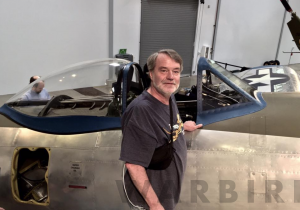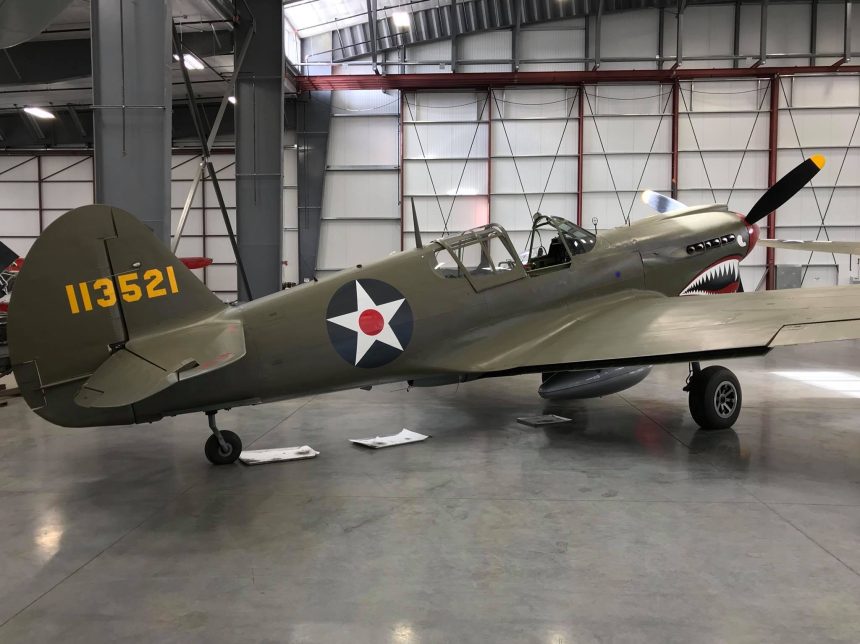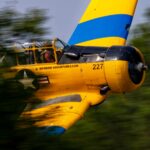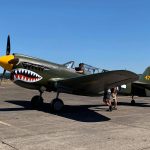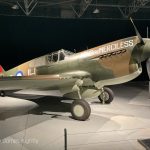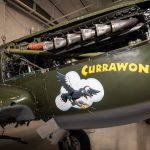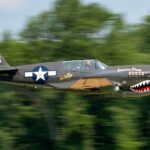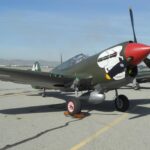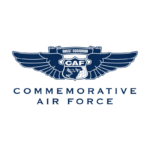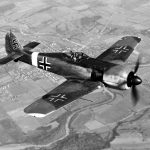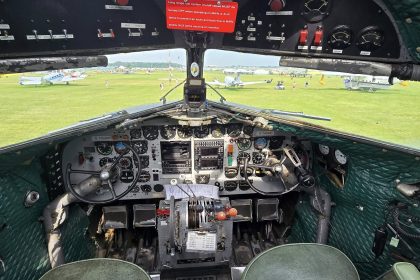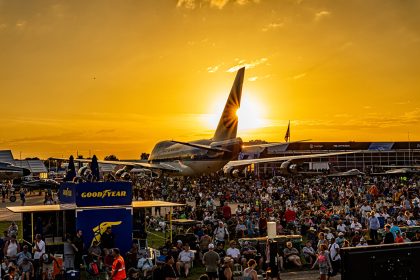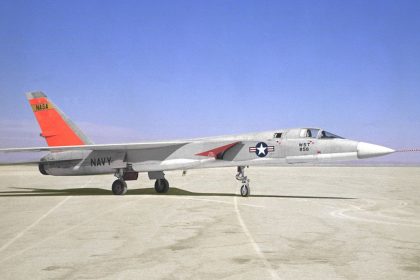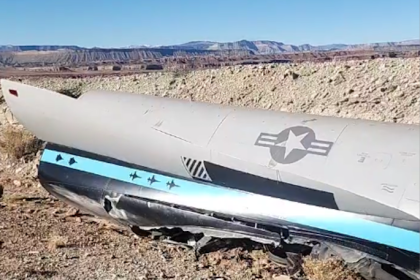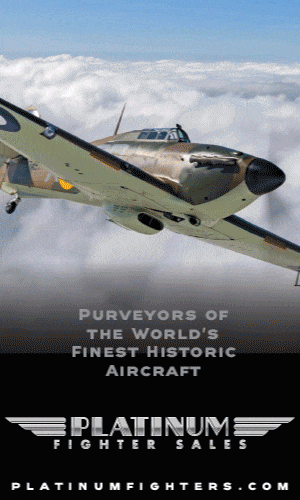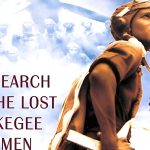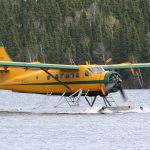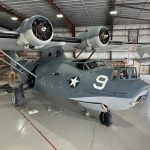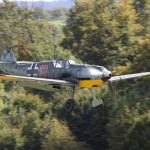By Randy Malmstrom
Since his childhood, Randy Malmstrom has had a passion for aviation history and historic military aircraft in particular. He has a particular penchant for documenting specific airframes with a highly detailed series of walk-around images and an in-depth exploration of their history, which have proved to be popular with many of those who have seen them, and we thought our readers would be equally fascinated too. This installment of Randy’s Warbird Profiles takes a look at the Erickson Aircraft Collection’s Curtiss P-40E Kittyhawk N940AK.
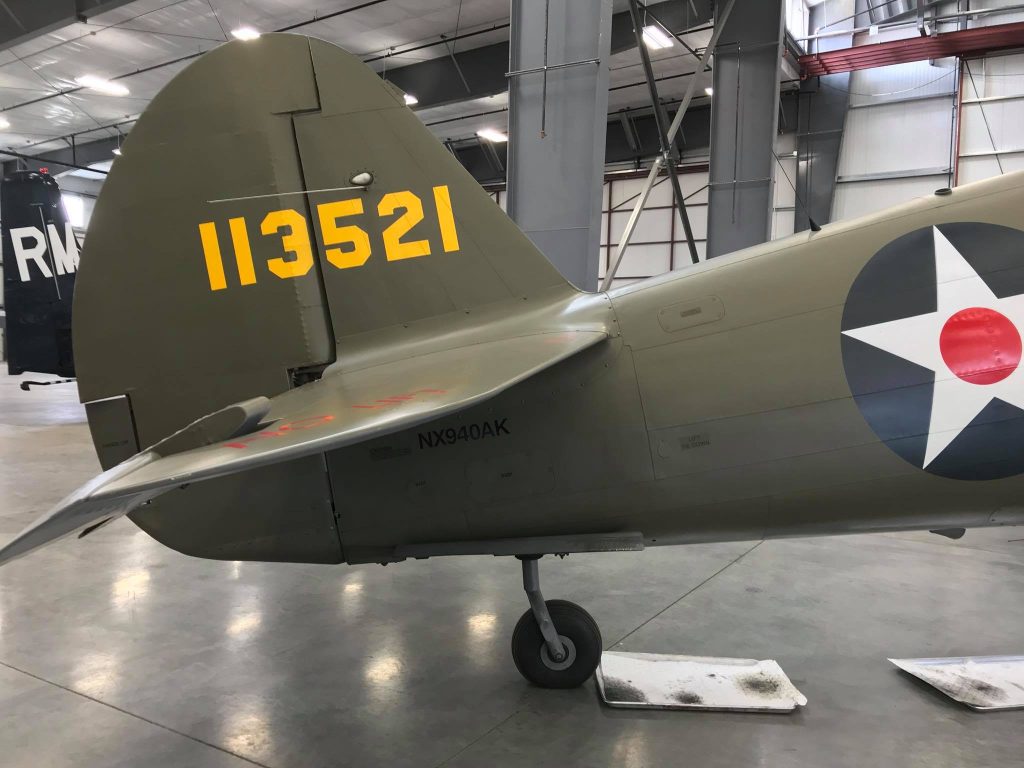
Curtiss P-40E-1-CU (Model 87A-4), Warhawk Mk.IA, AK940 (1058), constr.no. 15411, N940AK. It was purchased directly from the Curtis Aeroplane Division of the Curtiss-Wright Corporation of Buffalo, NY by the British Purchasing Commission in May of 1940 (rather than being delivered under the auspices of the Lend-Lease Act — and the P-40s were obtained in lieu of 144 Bell P-39 Airacobras originally allocated to Canada but reassigned to the British Royal Air Force, with the British Commonwealth designation Kittyhawk Mk.IA).
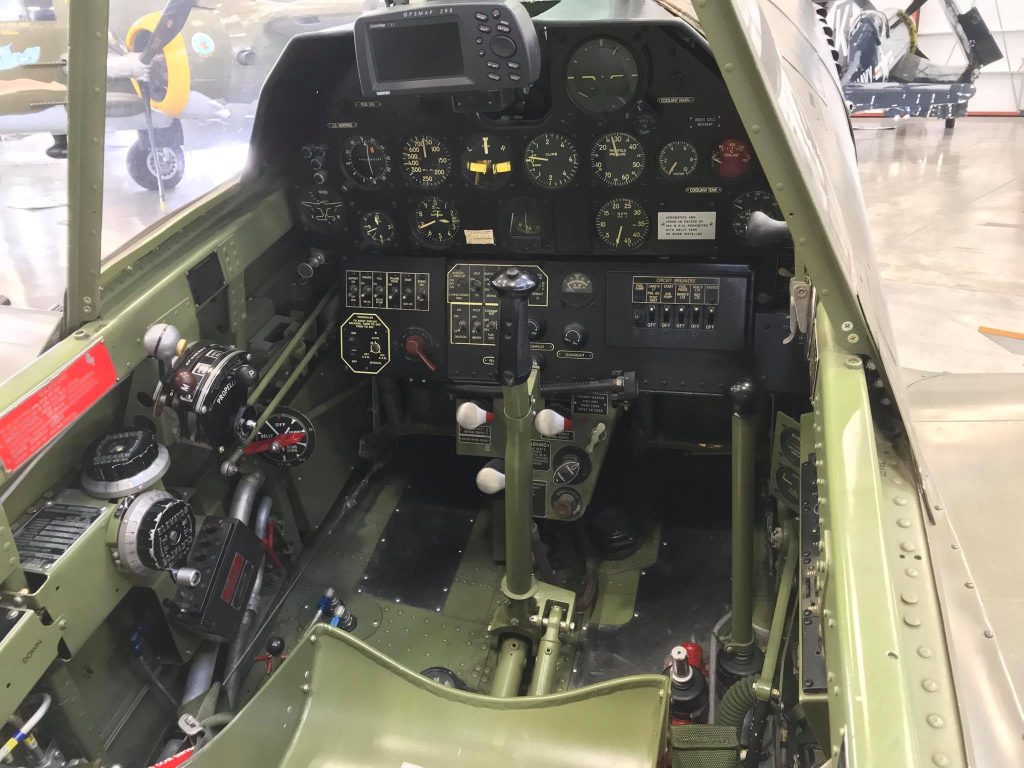
1,500 Kittyhawk Mk.IA aircraft were built and were basically the export equivalent of the P-40E and were sent to the RAF, RCAF, RAAF, and RNZAF. Under the Lend-Lease Act, all aircraft purchased with U.S. funds had to have standard U.S. designations and had to be issued U.S. Army Air Forces serial numbers even though they were never intended for service with the USAAF; and since the Kittyhawk Mk.IA was built with some British equipment, the P-40-E aircraft that served with British Commonwealth air forces were given the designation Kittyhawk Mk.IA and were assigned the U.S. designation P-40E-1 (Model 87A-4) to recognize the difference.
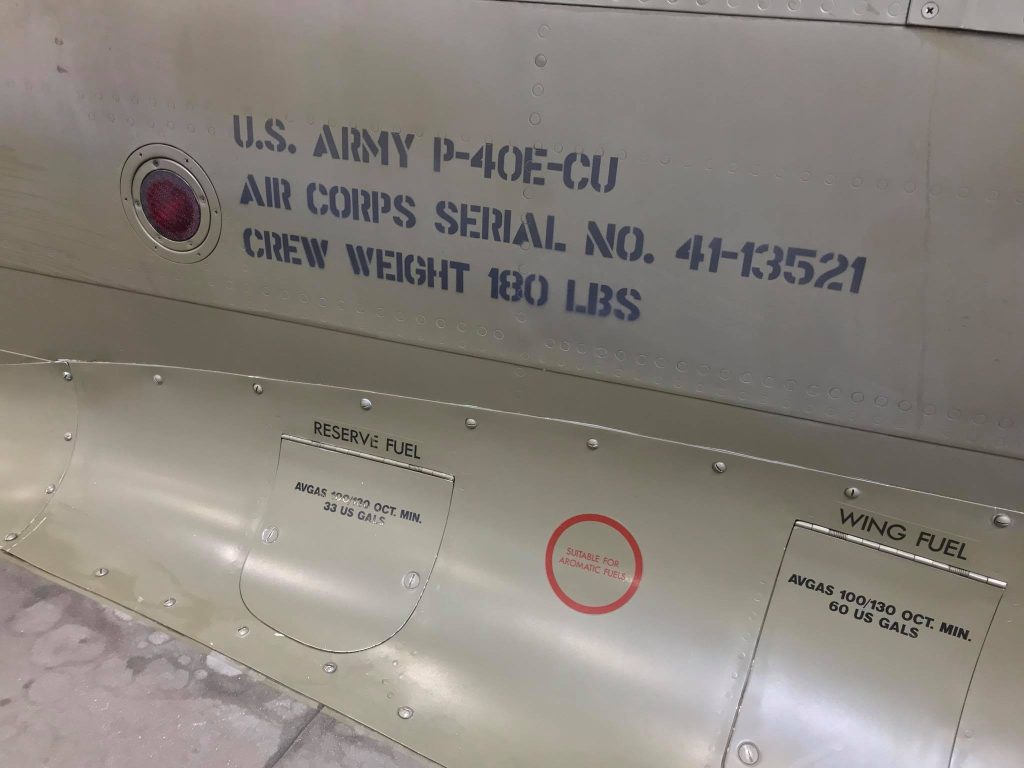
This aircraft was delivered to the RAF on November 6, 1941 as AK940 (it was later renumbered RCAF #1058). It was then allocated to the Royal Canadian Air Force and served with No. 111 (F) Squadron (a fighter squadron), unofficially known as the Thunderbird Squadron. In a ceremony, the Chief of the Saanich or W̱SÁNEĆ Nation, presented the squadron with a Thunderbird totem and named them the Thunderbird Squadron. This name was loved by the members of the squadron but it was never officially adopted.
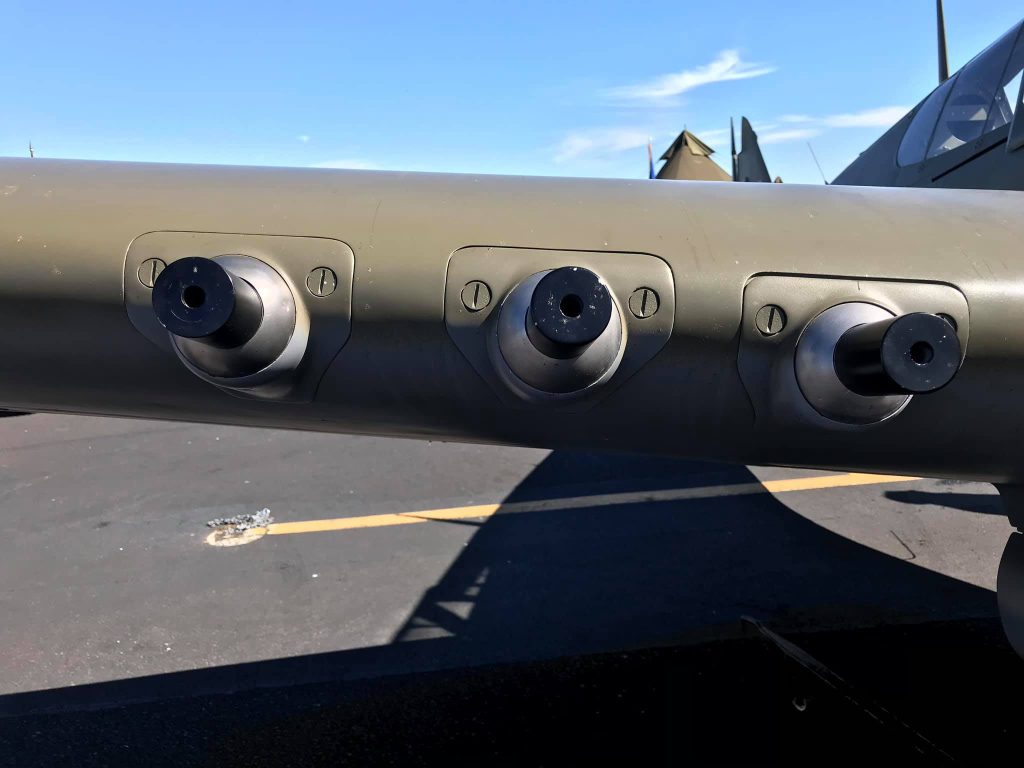
It was based at RCAF Stations Rockville, ON and Sea Island and Patricia Bay, BC from 1941 to 1943 and coded LZ-E. In 1942 X Wing was formed, comprised of Squadron 111 (F) — a fighter squadron — and Squadron 8 (BR) — a bomber reconnaissance squadron — to provide defensive patrols around the islands of Umnak and Unalaska. By taking over defensive duties, they would be relieving USAAF squadrons which would carry the fight forward to the Japanese forces on the Aleutian islands of Adak, Kiska and Attu.
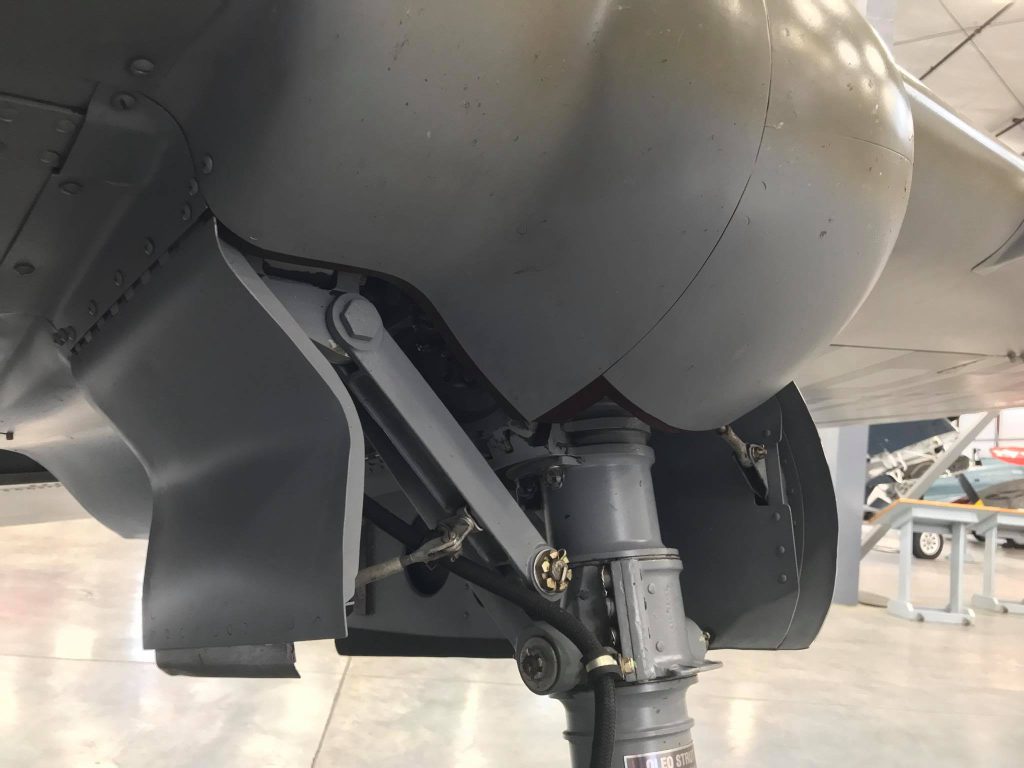
Between 1944-45, this aircraft flew with RCAF No. 133 (F) Squadron based at RCAF Sea Island and Patricia Bay, which is credited with shooting down two Japanese Fu-Go balloon bombs in early 1945. The aircraft was declared surplus and struck off charge on August 16, 1946 and put in storage at RCAF Station Rockcliffe, Ottawa (now home to the Canadian Aviation Museum).
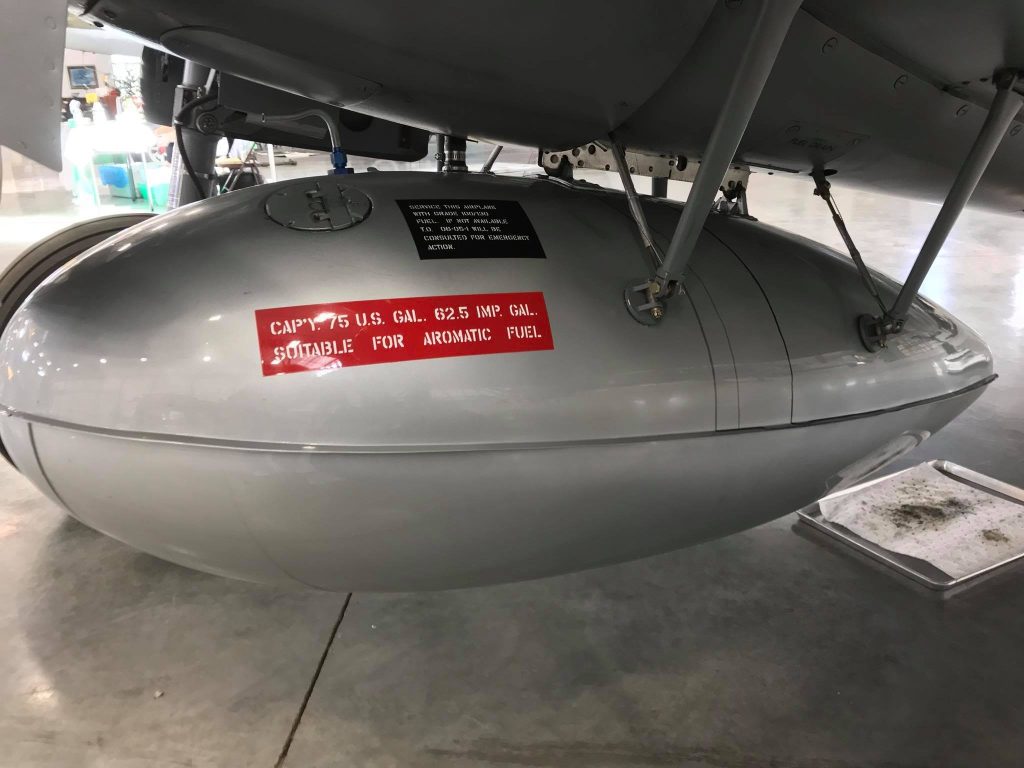
After WWII, Canadian authorities would not allow former warplanes to be registered and flown, and surplus Canadian P-40s were sold for as little as $50 each, even though many had been overhauled just before being declared surplus. Some were purchased by private citizens as a source of hardware and/or used as parts-bins. Records indicate various private owners following WWII, and one in particular, Mr. C.R. “Charlie” Parker, was the owner of Bomber Service gas station one mile south of Red Deer, AB which had had Avro Lancaster KB855 on display (for 25 cents, one could climb inside it), and in 1954 for health reasons he became forced to put the business up for sale.
Two years later, the business was purchased by Walter Mielke, who then was was approached by Bob Sturges of Troutdale Airmotive Company in Troutdale, OR who offered to purchase the Lancaster for $6,000 and convert it into a fire-fighting water bomber (that company was also the owner of P-40 #43-5802 for a time). The offer was accepted on the condition that Troutdale Airmotive purchase a surplus P-40 Kittyhawk (this aircraft) from the RCAF Vulcan and move it to Bomber Service to replace the Lancaster (the nose section of the “Lanc” caught fire while being readied for takeoff to be ferried out; it was towed back to the service station and later sold for scrap). The P-40 was hauled overland to Bomber Service where it was put on display during the 1950’s, and continued to be displayed in front of businesses in Red Deer during the 1960s. Thereafter, it was moved to several locations including Calgary and Edmonton in Canada, and New York and Michigan in the U.S.
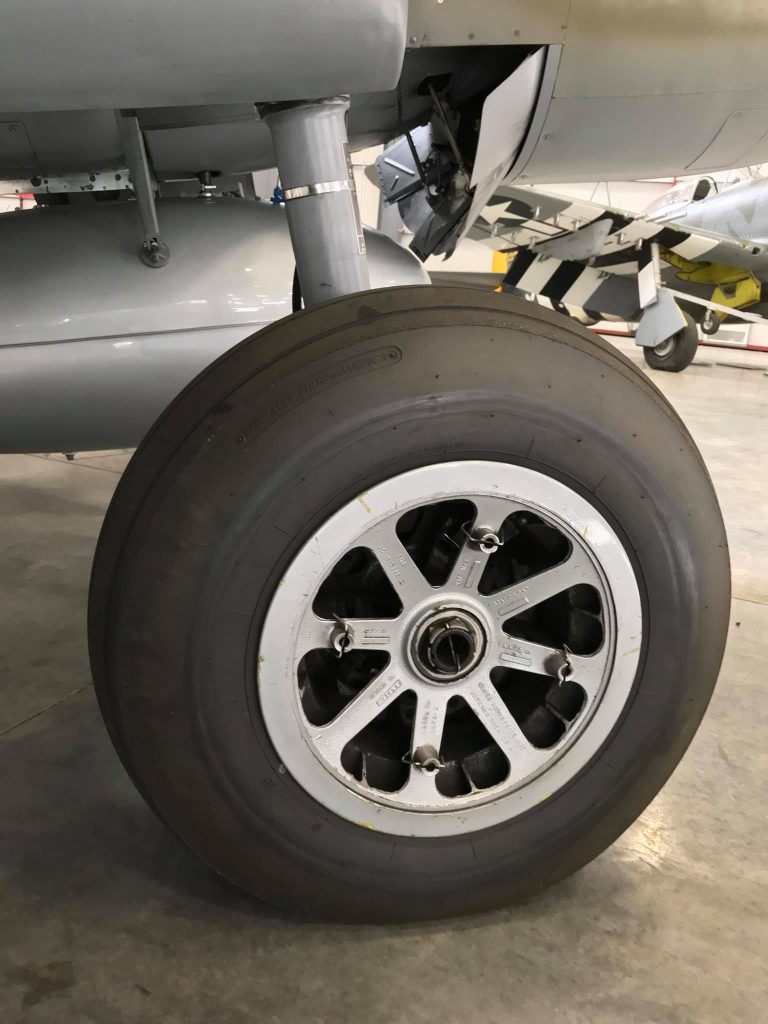
Originally restored in the early 1980s — fuselage in Fort Collins, CO, wings at Fabens, TXs, and assembled in Pontiac, MI — it first flew again on July 26, 1980, as SNAFU with the number N940AK. From what I have read, during all this time, it was alternately painted in the markings of the RCAF and the U.S. American Volunteer Group (AVG). Following at least two more private owners including orthodontist Dr. William Anderson (local residents kept threatening to paint braces on!) was based at the National Warplane Museum in Geneseo, NY. It was badly damaged in a forced landing near Phelps, NY on November 5, 1995. Following a failed lawsuit over ownership of the wreckage, it went into storage in Florida.
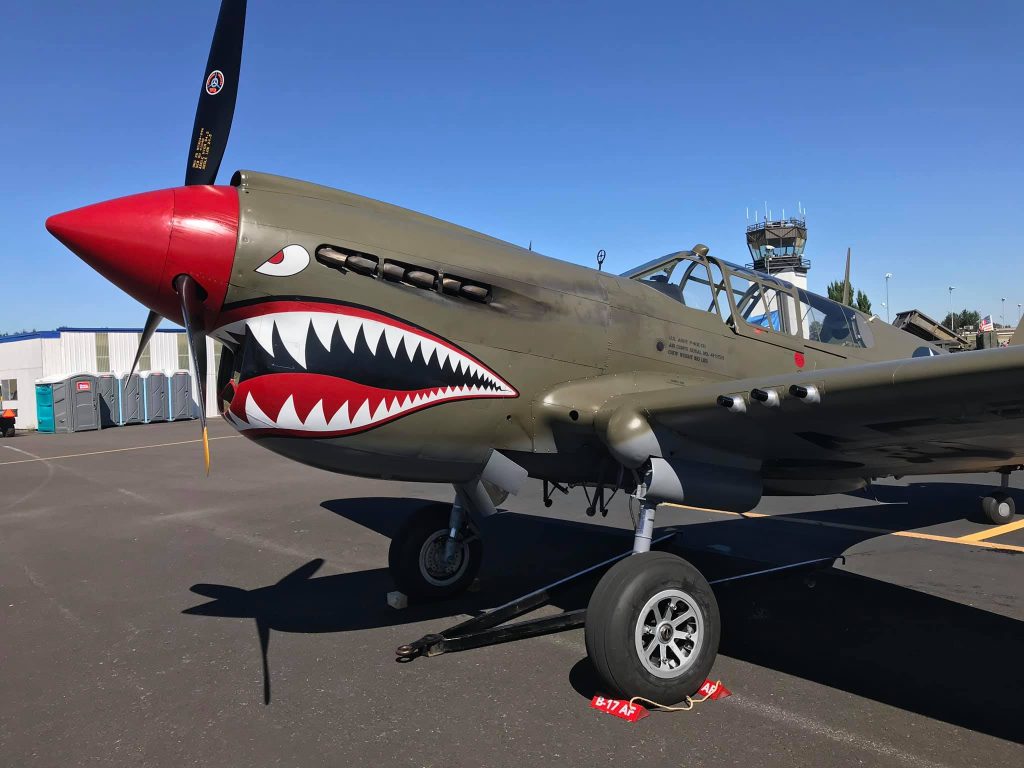
It was purchased by Dick Thurman of Vintage Warbird Museum Inc., Louisville, KY and subsequently sold to Tony Banta of Livermore, CA who in June of 2000, had the wings shipped to Pioneer Aero Restorations, and the remainder being shipped to Avspecs Limited (both in Auckland, New Zealand) and was made a tandem-seat, but not dual-control, aircraft. Once restoration was completed it flew again on March 24, 2002, and made its public debut at the 2002 Warbirds Over Wanaka International Airshow in New Zealand.
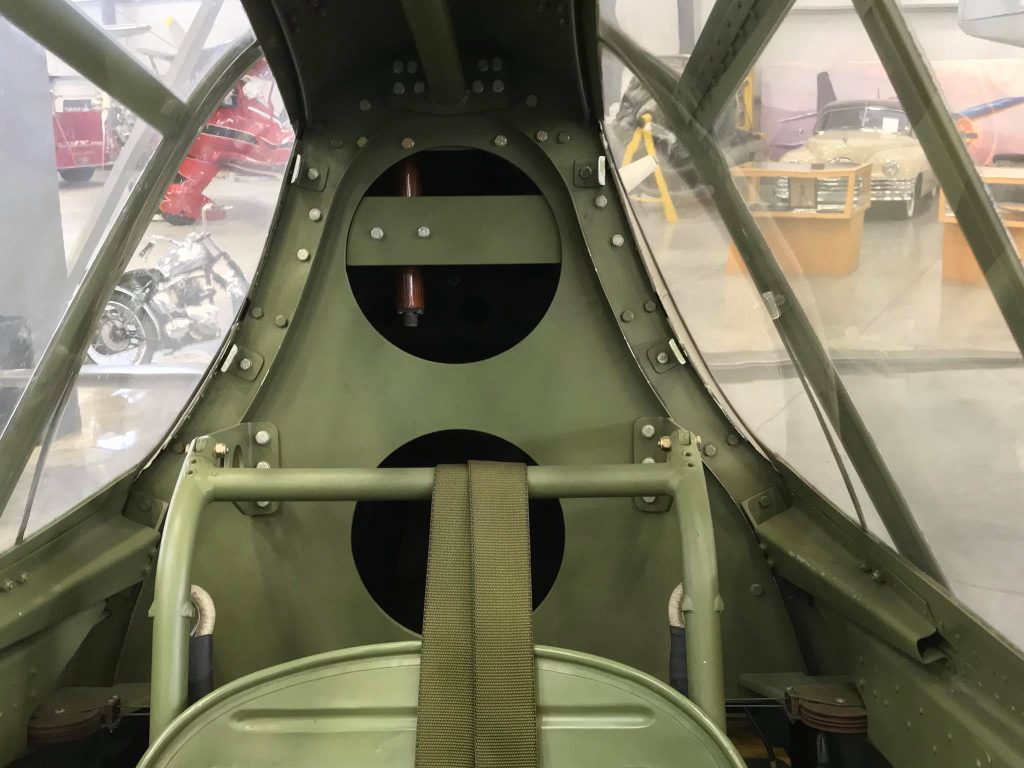
By 2017, it was acquired to become part of Erickson Aircraft Collection in Madras, Oregon and is registered to Jack Erickson’s “P40 Kittyhawk LLC” company, where it is airworthy and painted as serial number 41-13521 (I did see references to s/n 41-13521 as being part of a construction block that was forwarded to the Royal Australian Air Force and was involved in some accidents before being stricken, but have found little to verify that and little else).
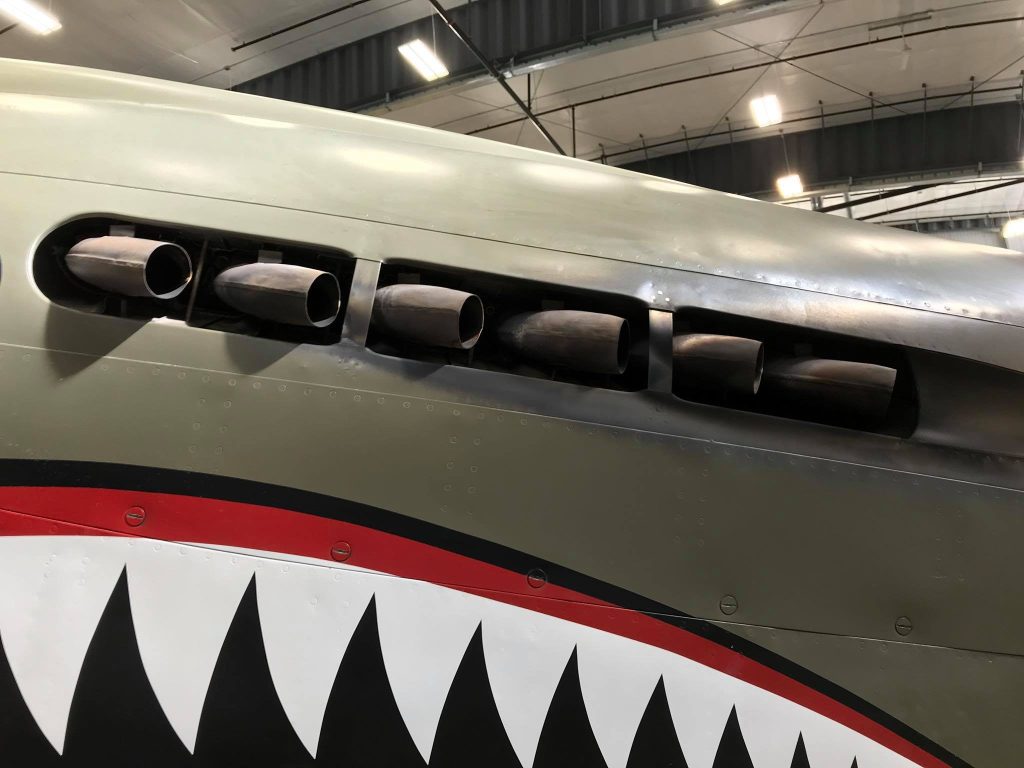
There were RCAF aircraft that were painted with the famous sharkmouth of the AVG. One in particular was that of Flight Lt. J. A. Crimmins of No. 14 Squadron of the 343rd Fighter Group based in the Aleutians. That sharkmouth was a tribute to Lt. Gen. Claire Chennault, father of Lt. Col. John Chennault, 343rd Fighter Group commanding officer, and a tribute to their American friends. [Editor’s note: since this piece was written the aircraft has been repainted into its wartime RCAF markings with the codes LZ-E.]
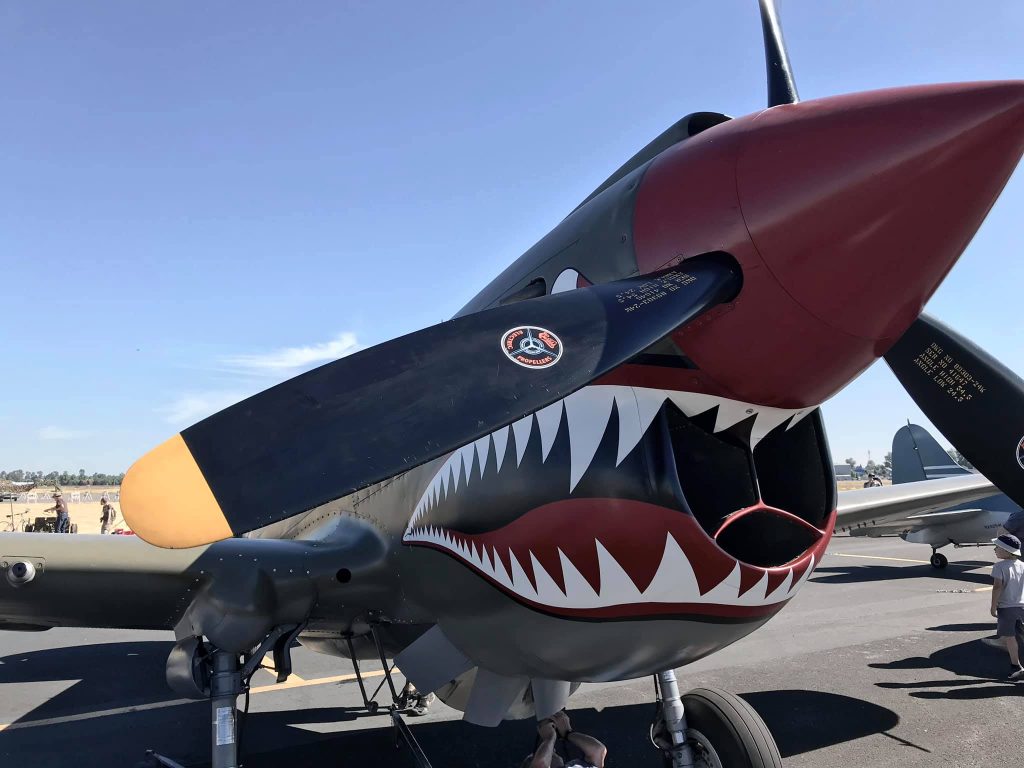
About the author
